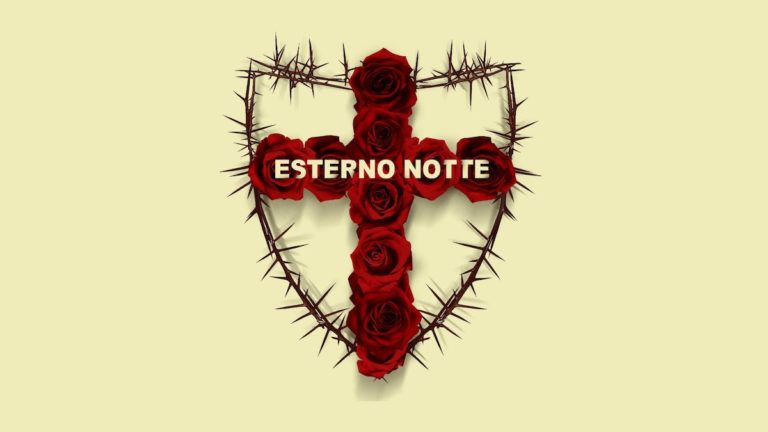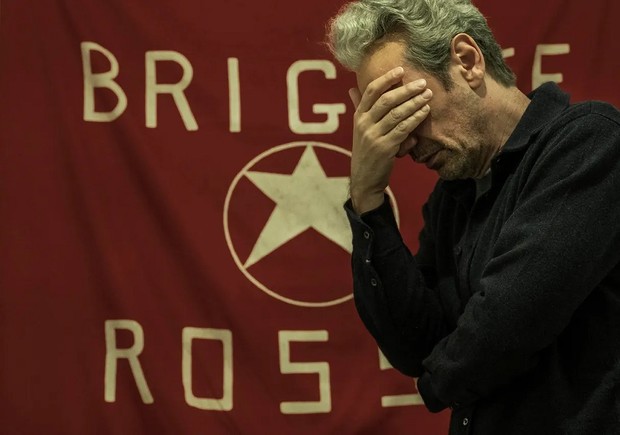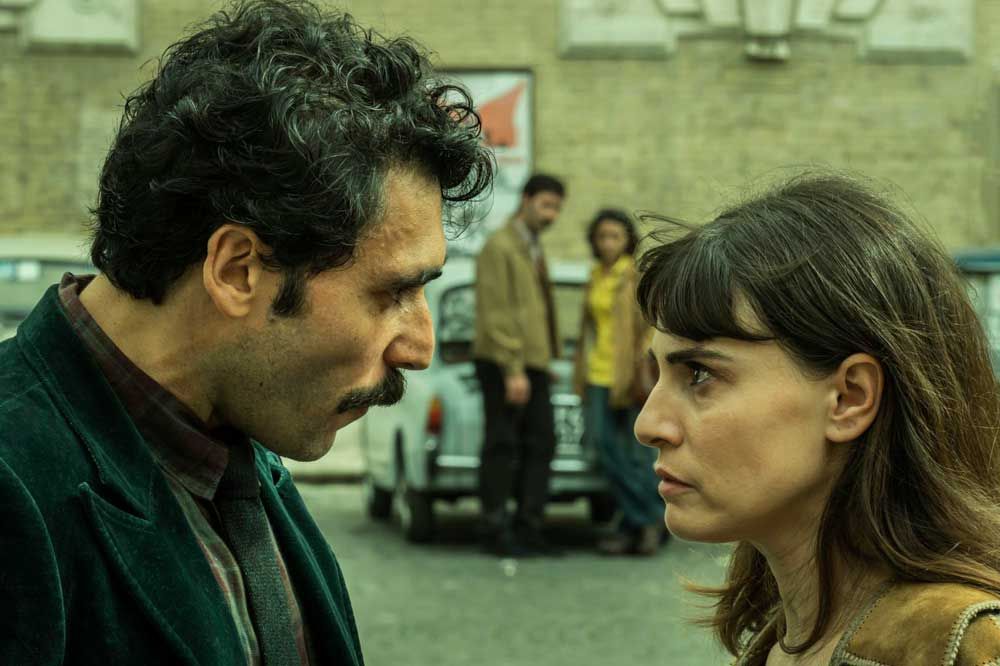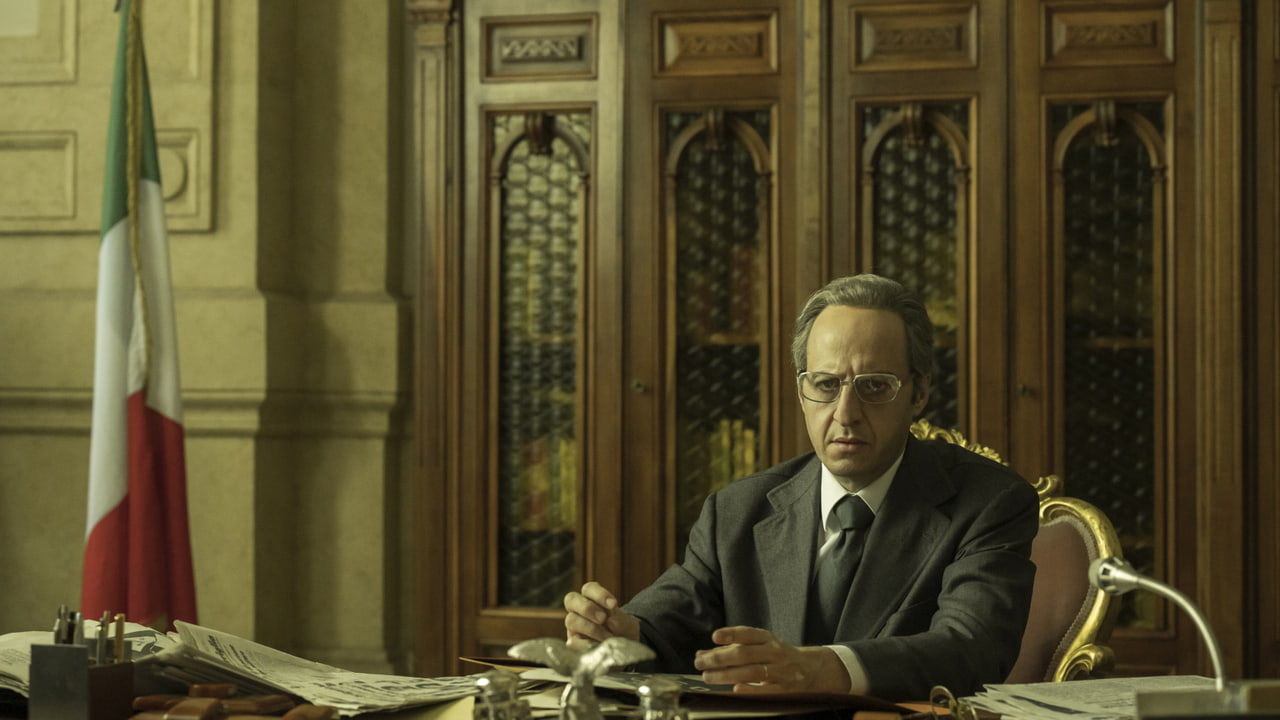
The Years of Lead is the term that defines Italy’s contemporary history characterised by horrific acts of bloodshed. This period of social and political turmoil — that lasted from the late Sixties until the late Eighties — was marked by both far-left and far-right terrorism. It was in 1978 that the leader of the Christian Democratic party (DC), Aldo Moro, was kidnapped and killed by the Red Brigades. Later on, revelations revealed that from the day he was abducted (on March 16th in Rome’s Via Fani), until the moment his corpse was found in the trunk of an abandoned Renault 4 car (in via Caetani on May 9th), there might have been the chance to save him. But Moro’s attempt to include in the government the Italian Communist Party (PCI) headed by Enrico Berlinguer, through a deal called the ‘Historic Compromise’, did not agree with other political parties. This could explain why certain statesmen might have avoided to save Moro from death. This gruesome instant in Italian history has been at the centre of Marco Bellocchio’s cinematic endeavours, who already portrayed the story of Aldo Moro in his Good Morning, Night (Buongiorno, Notte) in 2003.
Twenty years later, the illustrious filmmaker — who was honoured with a retrospective at MoMA in 2014 — brings back to the screen the final 55 days of Moro’s life, in the series Exterior Night (Esterno Notte). The cinematic oeuvre was presented at the 75th Cannes Film Festival, as well as at the 60th New York Film Festival.
The series very craftily opens Pandora’s box and releases all the political demons who determined Aldo Moro’s fate. Before him stand all the intrigues and backstabbing of Italian and foreign politics. The latter is embodied by the character of ‘the mediator’ Steve Pieczenik (Tim Daish), the criminologist who was sent to Rome by the American State Department to avoid chaos. The real Pieczenik later revealed that he had been hired not to save Moro but to create panic amongst the kidnappers. He was pivotal in discouraging the Italian politicians from taking any measures to actually save Moro. And they were happy to oblige, to prove to America that they had no intention of supporting the spectre of Communism that Moro was trying to promote with his ‘Historic Compromise’.

In Good Morning, Night Bellocchio led us into what film terminology would define as an “Interior” setting, showing the apartment where he was held prisoner. Instead, in Exterior Night spectators can expand to the “Exterior”, where there are multiple perspectives of the peripheral and dark circumstances that surrounded his imprisonment. In fact, in each of the six episodes of the series we are presented with different points of view: of his right-hand man Francesco Cossiga (Fausto Russo Alesi), of the dignified wife Eleonora Moro (Margherita Buy), of the supportive Pope Paul VI (Toni Servillo), of the Red Brigade member Adriana Faranda (Daniela Marra) and of the fiendish Prime Minister Giulio Andreotti (Fabrizio Contri).
Just as Roberto Herlitzka was brilliant in playing Aldo Moro in the 2003 film, Fabrizio Gifuni comes across as his reincarnation. The decision to entrust him with the part was the rightful choice, since the actor had already played Aldo Moro twice: in the film Piazza Fontana: The Italian Conspiracy (Romanzo di una strage) by Marco Tullio Giordana and in the theatrical performance Con il vostro irridente silenzio (With your mocking silence), which the actor also penned and directed based on the letters Moro wrote while in captivity. Hence, Gifuni as Aldo Moro was utterly sublime. Equally engaging is the entire cast that reenacts the lives of those who truly experienced the kidnapping and death of Moro. Fausto Russo Alesi seems to emerge from a Shakespearean tragedy: just like the traitor Macbeth who killed his king, Cossiga has nightmarish visions of blood on his hands that he can’t get rid of.
The Mephistophelean depiction of Giulio Andreotti, brought by Fabrizio Contri, is Machiavellian to the right point. Contri’s performance is equally compelling as the one Toni Servillo provided in Sorrentino’s Il Divo in 2008. Margherita Buy instills temperance and decorum in the character of Eleonora Moro, who tries to keep her family together during those excruciating days. Also the two Red Brigade members who act as emissaries for the negotiation of the abduction and take care of spreading the press releases are formidable.
They portray the fanaticism of the group they pledged loyalty to, but at the same time they reveal a reluctance to their colleagues who want to kill the President of the DC. Just as Maya Sansa in Good Morning, Night played Red Brigade member Chiara with revolutionary mysticism, actors Daniela Marra and Gabriel Montesi project equal dogmatism in the roles of Adriana Faranda and Valerio Morucci. These two terrorists were those who considered the execution of the politician ‘a suicide for the Red Brigades,’ but were ultimately outvoted by the rest of the comrades. Bellocchio was struck by Faranda’s story when he read it in the book by Silvana Mazzocchi, Nell’anno della tigre (In the year of the tiger), which inspired him for one of the most complex and tormented characters in Esterno Notte.

Marco Bellocchio not only creates an effective character construction and chronicle of the events, but he sprinkles some of his artistic license to convey the atmosphere of that time. We perceive this from the very beginning when the poster of Dino Risi’s film The Forbidden Room (whose original title Anima persa translates to ‘Lost Soul’) is shown in one of the early scenes. In that movie — released in 1977, a year before Moro’s kidnapping — there is a character who is secretly locked up in an attic. Through this cinematic nod, Bellocchio plunges us into the tragic confinement of Aldo Moro. But it is not his soul that is lost, it is a collective conscience that risks contamination from the places of power; it is the nation’s soul that is lost. This sense of anguish grows exponentially throughout the series, as portrayed by the delirium that affects the general public. People start having visions of Moro in all sorts of places, from a mental asylum to a mysterious setting that is spotted by a nun.
The topic is so close and vivid in the memories of Italians, that film critics from Italy had juxtaposing reactions to Bellocchio’s new take on the Moro case. Those who had an averse reaction did not question the filmmaker’s accuracy, but considered certain directorial choices exceedingly ostentatious for such a sensitive topic. For instance, Ilaria Falcone, critic for one of Italy’s major review platforms nonsolocinema, defined the series as, “A human and political fresco, which fascinates and convinces when it portrays the more intimate moments of Moro’s family life. The sobriety with which the series depicts the anguish of his wife and children, during the kidnapping, is extraordinary. However, when Bellocchio brings to the screen all the material related to the crime news, he seems to lose his style to mimic other Italian filmmakers. The instant with the pile of cash gathered by the Pope could be a typical Sorrentino scene and when the Red Brigades test their machine guns by the seashore emulates the Italian crime drama series Gomorrah.”
Nonetheless, it is undeniable that the monumental six-part series about the shocking event that rocked Italy in the late Seventies provides a truly prismatic vision of the event. Bellocchio gives a sense of both the incremental tension and the political frenzy that occurred during and after, forever changing the relationship between the country’s Communist and Christian Democratic parties. The death of Aldo Moro is a trauma that has produced a neurosis, because beyond the atrocious act of terrorism perpetrated by the Red Brigades, this constituted a crime of abandonment from the institutions.

This aspect of Exterior Night was appreciated by Italian Judge Giuliano Turone, who analysed what is defined as the ‘strategy of tension’ of those years in Italy. He is the one who investigated Luciano Liggio, Michele Sindona and the Masonic lodge known as P2. His work led him to follow the intrigues of that period and dedicate three chapters of his book Italia Occulta (Covert Italy) to the Moro case. The publication, that has been translated in Spanish and German, seems to have one crucial element in common with Esterno Notte. Turone’s book clearly explains how the final report of the Parliamentary Commission on P2 described this organisation by using a very effective metaphor. The report suggested the P2 System could be seen as a set of two pyramids placed one on top of the other, so to form the shape of an hourglass as a whole. At the top of the pyramid below was the infamous leader of the P2, Licio Gelli, surrounded by his secret services.
But what is striking is that all the investigations that have been carried out through the years can make us visualise the characters of Giulio Andreotti and Francesco Cossiga in the upper pyramid, i.e. those pulling the strings. Bellocchio sublimely captures these two politicians in his series through this angle and Mr. Turone finds it very effective: “Having worked as an investigating judge in the Seventies and Eighties I am very familiar with this chapter of Italian history, and I find Marco Bellocchio’s series well made. What particularly struck me, is his construction of the institutional characters to whom Aldo Moro expresses the very severe judgements in the episode of the confession to the priest. The words he addresses to Andreotti and Cossiga retrace the very words of Moro in his ‘Memoir’, that was found after his death in the place of his abduction.”
The Aldo Moro case and all the murders and mysteries that were puppeteered by hidden powers at that time, have gained worldwide attention. British journalist Patrick Sawer described how after more than forty years the kidnapping and death of Moro still haunts Italy. The London reporter writes: “How could the same State, known for its pragmatism and willingness to negotiate with terrorists and the Mafia, prove itself apparently happy to leave one of its own to his fate?” He presents the same question that Bellocchio carries out throughout Exterior Night, that is also in line with Judge Turone’s observations.
Besides the press, even American productions have found it necessary to report through some documentary series other horrendous episodes of that time. An example is the four-episode series Vatican Girl, directed by Mark Lewis, that dissects the disappearance of Emanuela Orlandi in 1983. The story of the 15 year old daughter of a Vatican employee was tied to many speculations. Recently, just a few days before the funeral of Pope Benedict XVI and the announcement of the upcoming book by his personal secretary, Monsignor Georg Gänswein, the Vatican opened an investigation into the disappearance of Orlandi. This could provide material for a second season, that might finally shed a definitive answer to the fateful destiny of Emanuela. Another much awaited work that delves into that notorious era is Murder of God’s Banker, produced by Creative Chaos that will air on Paramount+. The series focuses on Roberto Calvi, the Milanese banker who had dealings with the Mafia, the Vatican and the P2, whose body was found hanging from a scaffolding beneath Black Friar’s Bridge in London in 1982.
These are just a handful of many harrowing events of those decades in Italy, one of the most tragic being the Bologna massacre when a terrorist bombing occurred in the railway station on August 2nd 1980. It was the time of departures for the summer holidays, therefore the place was packed: 85 people died and over 200 were wounded. Also the investigations on this case are leading to revelations that may identify the culprits as closely connected to those hidden powers that prevented Moro’s rescue.
In Exterior Night Aldo Moro denounces his true executioners, not those who pulled the trigger, but those who turned their backs on him and were supposed to be his allies. Marco Bellocchio denounces the unfathomable melancholy of a political failure. He exposes it by assembling all the pieces of the jigsaw puzzle and the players involved, bringing us closer to the truth.
Final Grade: A

